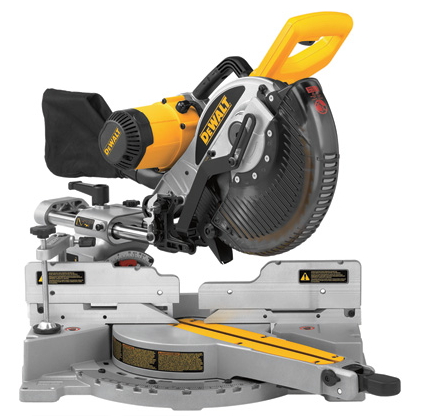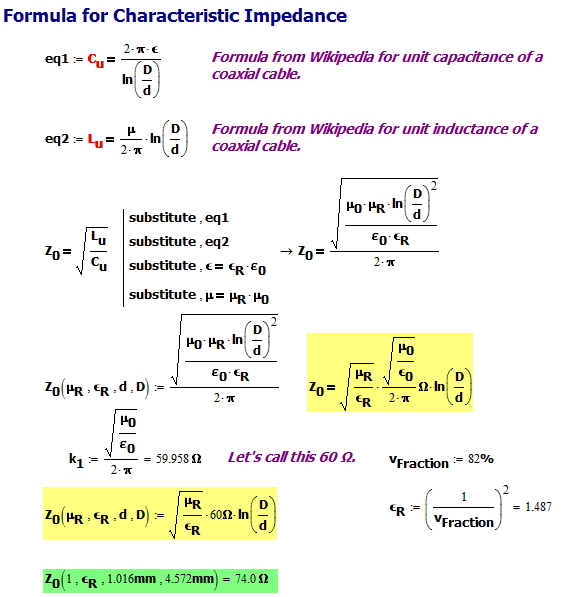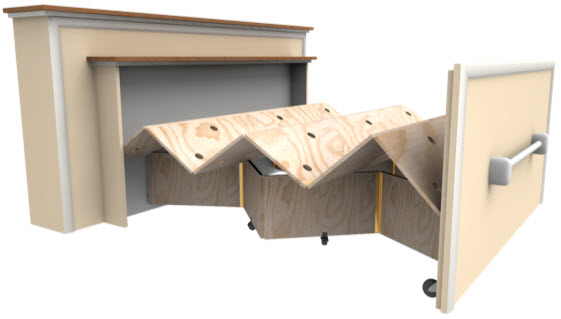Quote of the Day
The only people with whom you should try to get even are those who have helped you.
— John E. Southard
Introduction
Today, a customer asked the following question on GPON optical power budgeting:
In your optical power budget instructions, you do not require me to account for dispersion. It seems like you should?
The short answer to the customer's question is that you need to take dispersion into account and our budget was adjusted to account for it by reducing the power we told them they could use. Therefore, he does not need to worry about it because we already have.
For those who are not familiar with dispersion, take a look at Figure 1, which provides a qualitative view of dispersion. The digital data can be view as a stream of optical power pulses, ones being represented by power and zeros represented by near zero power. The pulses of optical power can be viewed as composed of a range of wavelengths (i.e. color). The different colors all move at different speeds along the fiber. This speed difference causes the pulse to spread out as it travels down the fiber. As the pulses spread out, they begin to overlap each other and their power levels reduce. This makes detection less reliable and is one of the fiber impairments that limits the range and data rate of optical fiber.
In this post, I will explain basic optical power budgeting and I will use results that I have presented in other posts to show how small amounts of dispersion can be modeled as a power loss.
Background
Budgeting Philosophy
Many technology areas require that you manage (i.e. budget) the loss of some important parameter. Here are three common examples -- at least they are common in my world:
- plumbing losses in pipes
In my home projects, you plan your system so that the pressure losses in your pipes and joints are not so large as to reduce your flow below acceptable levels. Remember that pressure has units of energy per unit volume. Every connector, length of pipe, and valve imposes a loss of pressure (i.e. energy). In the US, this pressure loss is usually expressed in terms of loss of hydraulic head. Hydraulic head is just depth of water that would give you the same pressure. So the pressure losses in terms of hydraulic head are stated in units of length (example). If you wish, you can perform these calculations using pressure (example). They are equivalent.
- voltage losses in a circuit
Remember that voltage has units of energy per Coulomb of charge. When you apply Kirchhoff's voltage law to circuit, you are saying that the total energy losses in a circuit equals the total energy put in. It is a restatement of the conservation of energy law. You always want a circuit to do some type of work. Your circuit analysis must ensure that the unwanted losses in the circuit are not so large that they prevent your desired load (e.g. motor, light, heater, etc) from working properly.
- optical power losses in a fiber system
I always think of optical budgeting as most similar to plumbing. You put a certain amount of power into the system (units of energy per second) into the fiber. Your detector at the end of the fiber needs a certain amount of optical power to reliably read the signal. The objective of the budget exercise is to ensure that the losses in your Optical Distribution Network (ODN) are such that the power your detector sees is within its specified range. Just like plumbing, you do not want the pressure to be too high or too low -- it is a Goldilocks's problem.
One aspect of optical power budgeting that is different than plumbing budgeting is the use of decibels (dB). Unlike plumbing, optical power decreases exponentially with distance. The use of dB allows us to treat this as a linear problem -- just like plumbing.
Optical Impairments
There a number of aspects of optical budgeting that are unique to optics. I address three of them below, but there are numerous others:
- reflections
Optical power will reflect off of the surfaces within an ODN and bounce around. This is power that the detector does not see and it can be modeled as a power loss, at least for small reflections.
- Raman scattering
Our ODN carries many wavelengths (i.e. colors) of light. Sometimes, the photons of one wavelength will jump to another wavelength just to cause trouble. This constitutes a power loss to first wavelength and interference to the second wavelength. For our discussion here, we will model both cases as signal power loss -- we will assume that we will burn through the interference by adding requiring more signal power at the receiver. This means we must reduce the amount of loss our ODN can support.
- dispersion
I have discussed dispersion in numerous other posts and I will refer you there.
In short, all the impairments can modeled as a loss of power as long as they are "small". I will not address the subject of what constitutes "small" here -- that is a major topic by itself.
Types of ODN
I should mention that there are different "grades" of ODN. In the case of a GPON system, there are two grades: B+ and C+. Unlike school grading, a B+ is worse than a C+ system. A B+ system supports 28 dB of optical loss, while a C+ system supports 32 dB of optical loss. A C+ system requires more downstream laser power and a more sensitive upstream receiver than a B+ system -- this makes a C+ system more expensive than a B+ system.
Analysis
A Little GPON Background
GPON is an ITU standard for an optical transport that is commonly used to deliver voice, video, and data services to homes, apartments, and small businesses and it is deployed world-wide. It is the protocol reportedly used by Google Fiber. For our purposes here, we can think of GPON as
- Sending data to subscribers on a 1490 nanometer (nm) wavelength at 2.488 Gbps.
- Receiving data from subscribers on a 1310 nm wavelength at 1.244 Gbps.
- The ODN is entirely passive (i.e. all glass).
GPON Power Tables
Tables 1 and 2 summarize the important numbers for determining your allowed loss budget for a C+ GPON system.
| Parameter | Value | Units | |
|---|---|---|---|
| Minimum Average Laser Power (OLT) | 3.0 | dBm | |
| ODN Maximum Loss | 32 | dB | |
| Optical Impairment Loss | 1.0 | dB | |
| Receiver Sensitivity | -30 | dBm |
| Parameter | Value | Units | |
|---|---|---|---|
| Minimum Average Laser Power (ONT) | 0.5 | dBm | |
| ODN Maximum Loss | 32 | dB | |
| Optical Impairment Loss | 0.5 | dB | |
| Receiver Sensitivity | -32 | dBm |
We can observe a few things in Tables 1 and 2.
- The budget shows the same losses in both the upstream and downstream directions.
This is actually not true. The 1490 nm wavelength has a loss rate of about 0.25 dB/km and 1310 nm has a loss rate of about 0.4 dB/km. The GPON standard assumed the losses were equal to simplify the design work for service providers.
- The OLT receiver is more sensitive than the ONT receiver and the OLT laser is more powerful.
This tradeoff was made because more sensitive receivers and more powerful lasers are expensive. Since an average PON can support 64 ONTs and 1 OLT, it is cheaper to burden the OLT with the more expensive hardware.
- The impairment budget is 1 dB for the downstream and 0.5 dB for the upstream.
This actually make sense because 1490 nm has significant dispersion losses while 1310 nm has nearly zero dispersion loss because it is near the zero-dispersion wavelength of standard glass fiber (SMF-28e, λ0 = 1313 nm). As a first-pass approximation, we can assume that dispersion is the only impairment that is significantly different between the upstream and downstream. As such, we should see the dispersion power penalty in the downstream be about 0.5 dB. That is the calculation I will perform below.
Dispersion Calculation
Figure 2 shows my calculation of the amount of power lost on the downstream leg of a maximum length C+ PON (60 km). I documented my dispersion power penalty formula in this post. The formula for the fiber dispersion constant is documented in this post.
My calculations show 0.4 dB and the standard assumed 0.5 dB -- close enough for standards work.
Conclusion
My goal was to answer a customer question as to how dispersion losses are dealt with in GPON optical budget calculations. I was able to show that dispersion is accounted for in the downstream budgeting with a power penalty of 0.5 dB. There is no need to worry about dispersion in the upstream direction because the 1310 nm wavelength has minimal dispersion over a C+ PON's maximum range of 60 km.


















